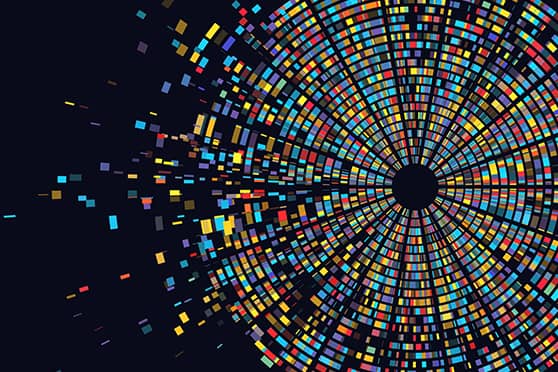Data Visualisation: 6 online courses that can help you with a career in analytics


Look closely and you’ll find information all around you, right from how fast your heart beats in the exam hall to when you look for new career opportunities on the internet. But this explosion of information should be presented in a succinct as well as striking manner to analyse data trends and patterns. Data Visualisation does just that by graphically representing information and data with the help of charts, graphs and maps.
Scope of Data Visualisation:
Data Visualisation presents data-driven stories. It is being used by all industries to analyse data faster, recognise patterns and trends, and uncover important insights. Organisations are becoming increasingly data-driven — they now need not only the ability to interpret large amounts of data but also the ability to analyse, explain, digest and compare complex data in a way that is accessible to anyone who requires understanding of that data.
With the growing interest in Data Science, it’s becoming increasingly important to learn Data Visualisation techniques on a regular basis. However, Data Visualisation is not limited to the field of Data Science and Data Analysts; there is a need for data communicators in a lot of key sectors like finance, marketing, technology and design.
Best online courses to learn Data Visualisation:
Data Science: Visualization by Harvard University — by edx
Harvard University offers this course as part of their professional certificate programme in Data Science. It teaches the fundamentals of Data Visualisation and Exploratory Data Analysis, as well as how to use ggplot2 to apply Data Visualisation principles (Data Visualisation package for the statistical programming language R). This course covers topics such as Data Visualisation principles, how to communicate data-driven recommendations from your analyses, how to make custom plots with ggplot2, the flaws of several popular plots and why you should avoid them. It also focuses on case studies on global health, economics, and infectious disease trends in the US.
Data Visualization with Python by IBM — by Coursera
IBM's Data Science specialties and professional degree programmes include this course. Here you will learn how to use Python to visualise data in order to extract information and gain a better understanding of the data to make more informed judgements. It covers several Python data visualisation tools, including Matplotlib, Seaborn and Folium, which are used to visually present data. The main purpose of this course is to show you how to take data that appears to have little meaning at first glance and present it in a way that others can comprehend. It's designed for intermediate Python users who worked with data before.
Udacity Data Visualization Nanodegree Certification — by Udacity
A cutting-edge training programme, this course teaches students how to visualise data and communicate effectively. Udacity worked with Tableau, the most popular data visualisation tool, and an excellent collection of industry veterans with vast expertise to develop curriculum that focuses on the most in-demand skills. You will be able to generate clear and effective data visualisations and apply their analysis to make data-driven recommendations after completing the programme. The course would be perfect for you if you have come from a data background.
Learning Python for Data Analysis and Visualization — by Udemy
Designed by Jose Portilla, this course aims to give you a thorough understanding of Python and how to use it to analyse and visualise data. NumPy, pandas, how to import and export data in Python, how to visualise that data with Python libraries and data portfolio projects are all covered in this course. It also discusses Scikit-Learn and machine learning. It also shows how to use Python libraries like Matplotlib and Seaborn to build various visualisations for a variety of datasets. In addition, the course includes appendix materials on statistics, SQL with Python and web scraping with Python.
Data Visualization Expert — by Simplilearn
This course will teach you how to visualise massive amounts of data and present data-driven stories. With the help of real examples and hands-on projects, you'll learn about key principles, frameworks and tools for data visualisation. The course will provide you with the skills you need to use data and images to tell compelling stories and make data-driven decisions. You will learn Tableau Desktop, a widely used data visualisation, reporting and business intelligence tool, by the end of this online course.
Data Visualization Training and Tutorials - LinkedIn Learning — by Lynda
Designed by industry experts, LinkedIn Learning offers more than 150 courses that will help you establish a firm basis for visual interpretation and communication of data and data insights. Beginners can enrol in the basic courses to learn tricks and tips, best practices and how to select the appropriate chart for your data before moving on to intermediate- and advanced-level courses. Visualising geospatial data with Power Map in Excel, creating projects for interactive data visualisation with Processing, and infographics – visualising relationships are just a few of the popular options. Others include Creating Interactive Tableau Dashboards and Excel 2013: Charts in Depth, Python for Data Visualization.